University of Oregon Students Suffer With Lack Of Diversity
Monday, June 08, 2015
_-_5_360_360_90.jpg)
The university’s most recent demographic data from the Fall 2014 term shows that of the 24,181 students enrolled, only 483 of them – or 1.9 percent - were African American. This was actually a slight improvement from ten years earlier, when the rate was only 1.6 percent.
This number of black students has remained at this rate, despite rapid growth of the overall student population. In 1994, for example, there were only 16,681 students enrolled at the university. Of those students, however, only 252 – or barely 1.5 percent – were black. The population has since grown by almost a third, but the rate of black student enrollment has barely budged.
U of O’s administration has made several concerned efforts to address this issue, ranging from five-year programs to special training for its staff. But, to students of color who continue to feel like the “token” multicultural student in the classroom, the efforts can seem invisible.
Finding Sense Of Community Poses A Challenge
“I try to make the best out of it,” said Polly Irungu, a rising senior at University of Oregon majoring in journalism, and a member of the school’s Black Student Union. “You can have self pity, or just make the best of it.”
Irungu, who moved from Kansas to attend U of O, says that culture shock can be one of the first hurdles a student of color faces at the university.
“Oregon as a whole is predominantly white, so it makes sense why you see that reflected at U of O,” she explained. “But there’s no warning, really. If you look on the website, you see color there, but it’s obviously not reflected on campus.”
The second hurdle for students of color arises once classes start. Oftentimes, students of color – particularly international students – find themselves to be the outlier in an entirely-white classroom. When issues of race or diversity get brought up, it is often those students who are called on to act as spokespeople for their perceived race or ethnicity.
“Professors look to you for their ‘golden answer,’” Irungu said. “The spotlight is there because you’re the only person of color. You stand out. The focus is on you.”
In the fall term of 2014, University of Oregon’s enrollment report showed that 15,102 of its students were white, or 77.7 percent. This is actually substantially more diverse than the state of Oregon, which is 88.1 percent white, according to 2013 census data. For white U of O students originally from Oregon, this can make the campus seem fairly normal – if not more diverse than they’re used to.
“For me, personally, I don’t notice [the lack of diversity] as much,” said Judy Holtz, a white senior at University of Oregon majoring in journalism. “I know that sounds bad, but I was raised in Portland and went to a high school that didn’t really have a black population, so I was accustomed to it.”
For Holtz, the rate of diversity is different for some majors and programs than for others. She has found that in the university’s journalism school, for example, there are many more students of colors and international students than in other programs.
Within the university’s popular Greek fraternity and sorority system, however, this hasn’t been the case.
“Greek life is pretty much just white,” Holtz said. “I’ve noticed that with certain sororities, they seem like they’re not accepting towards other cultures. Sometimes it’s discouraging because I would like to see them be a bit more inclusive and include more people of color. I feel like if I were a black student coming to U of O, that’s something I would probably shy away from.”
Special Programs and Center Key to Finding Community

The university’s Center for Multicultural Academic Excellence (CMAE) is also a popular and helpful resources among students of color for finding a sense of community.
“[CMAE] has free tutoring, computers, two different study rooms, and a library,” Irungu said. “That’s also where the academic advisors are, and I think all of them are people of color. You can find advisors that look like you in a safe, comfortable space. It creates a nice atmosphere.”
Even with these programs and the center, however, not all students of color end up feeling at home at the university. Once of Irungu’s friends transferred out of U of O her junior year, despite being heavily involved with campus tours and activities during her first two years.
“She transferred because she didn’t feel at home. She didn’t feel like she belonged on campus,” Irungu said. “She was one of the star students on campus. That says something. They do things to get us here, but not to keep us.
Years Of Effort Not Always Visible
In response to these issues, the University of Oregon launched a “Five Year Diversity Plan” in 2005 that sought to “respect and ensure diversity, including the ethnic makeup [our students].” The program outlined on-campus events and cultural competency training, pilot programs, and interventions that it would stage over five years.
“Achieving a critical mass of underrepresented students, faculty and staff will build a diverse and vibrant campus community,” the plan detailed. This “critical mass” would be achieved partly through funding 170 new Diversity Building Scholarships. The goal was to reach a total of 800 more students within 5 years, an increase that – in 2005 – would have represented a 29 percent increase of ethnic minorities overall.
At the launch of the program, the percentage of ethnic minorities at U of O was at 13.6 percent. In 2010 when the program finished, that rate had risen to 15.9 percent – a 16.9 percent increase overall.
“Every year they tell us we have ‘the most diverse class’ that year, but I don’t know if it’s more people on the football team or more people of color.” Irungu said. “I don’t think they have enough resources to give to people of color that they need to. You need to have some type of incentive to go here, because if you don’t feel like you’ll have a community or support, why would you?”
Related Slideshow: Ranking of Student Diversity in Pac-12 Schools
Rates of diversity among Pac-12 schools run the gamut between holding a hefty majority to scraping by with a slim minority. UCLA had a whopping 69.8%, compared to the University of Oregon's 20.9%. In fact, Univerity of Oregon ranked as the least diverse among the 12 schools in the conference. Using demographic data for the 2013-2014 school year provided by each university, GoLocalPDX sorted the schools by their rates of diversity within their student bodies. *University of Utah latest available data was from 2012-2013.
Related Articles
- University of Oregon Makes Top Three In Thrillist College Frat Bros List
- Critics: Targeting Fraternities Won’t Solve U of O Sexual Assaults Problems
- 10 Highest and Lowest Rated Professors at Oregon Public Universities
- Oregon Universities Fail to Fully Report Campus Sexual Assaults
- New Data Gives Better View of University Graduation Rates

_-_5_400_400_90.jpg)



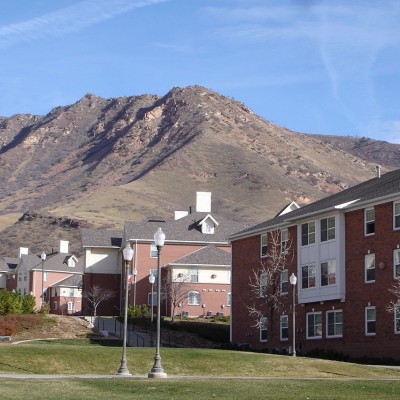
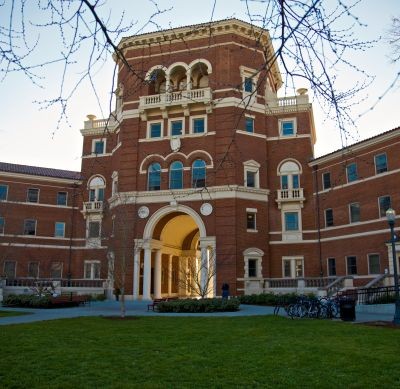
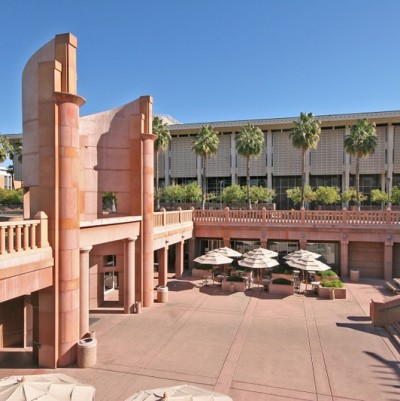

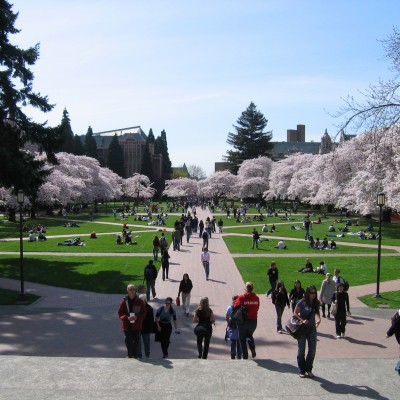

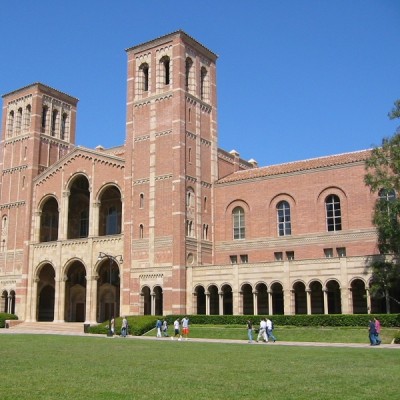

_-_5_80_80_90_c1.jpg)














 Delivered Free Every
Delivered Free Every
Follow us on Pinterest Google + Facebook Twitter See It Read It